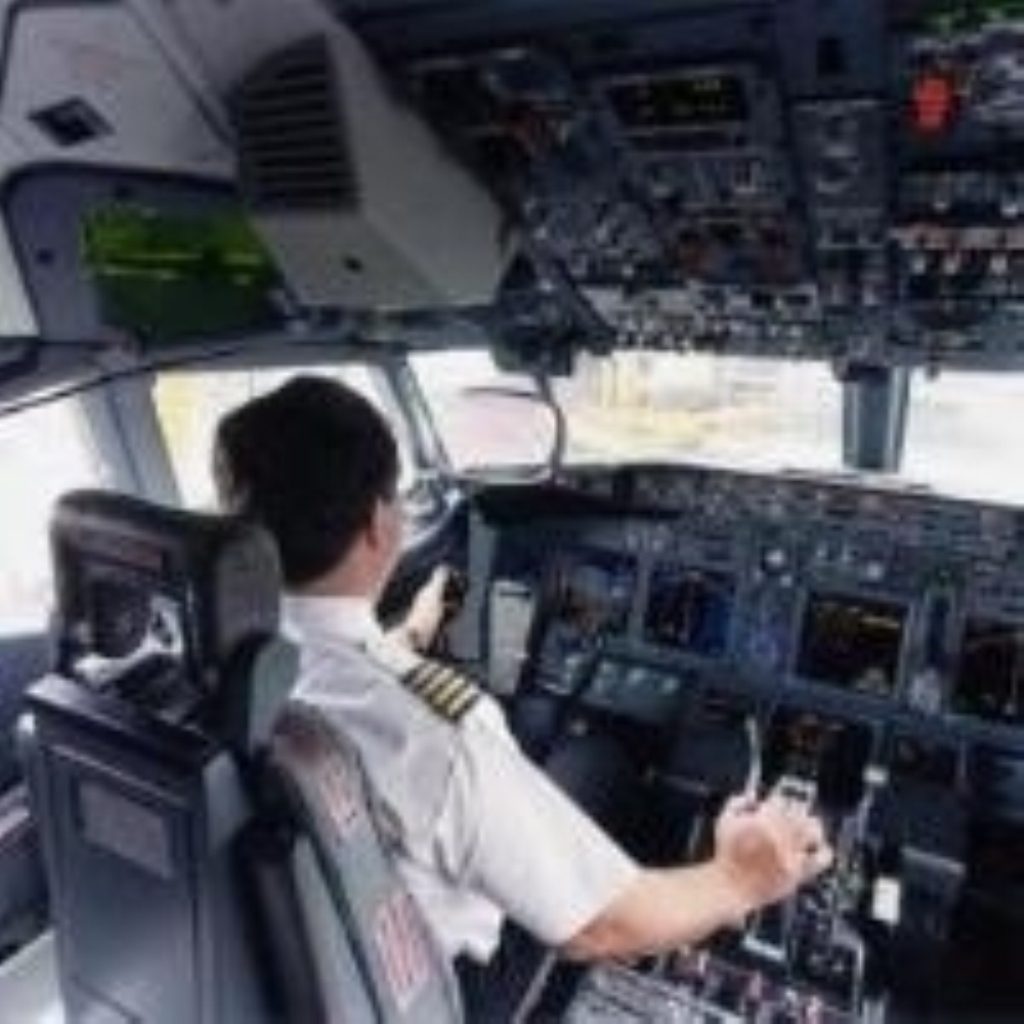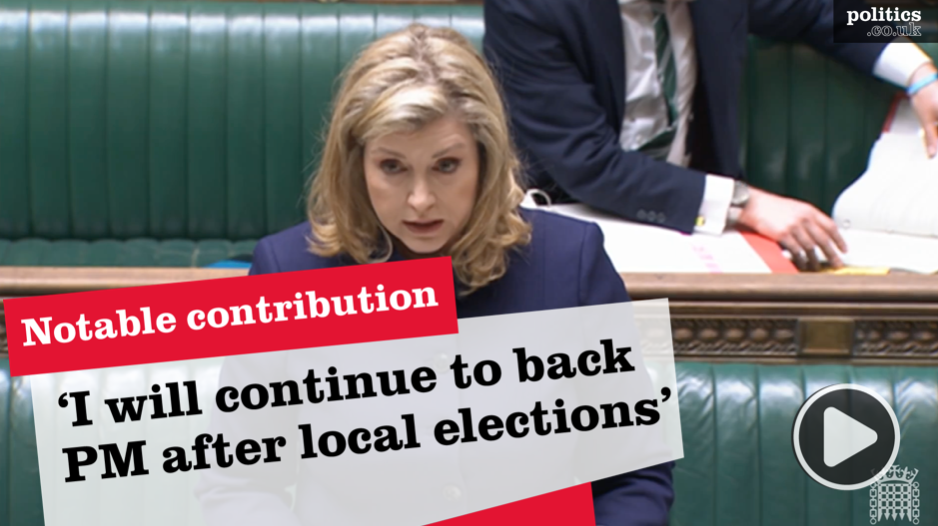Long flying hours linked to increased accident risk
At the end of a lengthy flight, pilots tend to have five times as many accidents they do at the beginning, it has been reported.
A study by the US Federal Aviation Administration has produced hard evidence of a phenomenon that has long been suspected – pilots who have been flying for more than ten hours show a sharp increase in accidents, this week’s NewScientist reveals.
Jeffrey Goode of the FAA’s policy office studied serious accidents involving scheduled passenger flights in the US between 1978 and 1999, excluding those caused by turbulence. Comparing frequency distribution of pilots’ flying hours prior to the accidents in the remaining of the 55 flights, he found the accident rates rises by an insignificant amount during the first nine hours in the cockpit.
However, when the pilot reaches between ten and 12 hours flying time, the number of accidents soars by 65%. Pilots flying 13 hours or more had over 5 times as many accidents as the average.


‘The analysis suggests that establishing limits on duty time for commercial pilots would reduce risk,’ says Mr Goode.
The research may have a bearing on the ongoing disagreement between unions and legislators on the European proposals to harmonise the regulation of flying hours. At the moment pilots in the UK are limited to 55 hours over seven days, and no single session may exceed 13 hours. In other countries there is no limit.
Suggestions that a 14-hour maximum be imposed across the board have led unions to warn this would lead to more crashes.
Despite the likely pressure to conform to European regulation, the UK’s Civil Aviation Authority has asserted that the UK would be able to keep its 13-hour limit, even if Europe adopted 14 hours.











